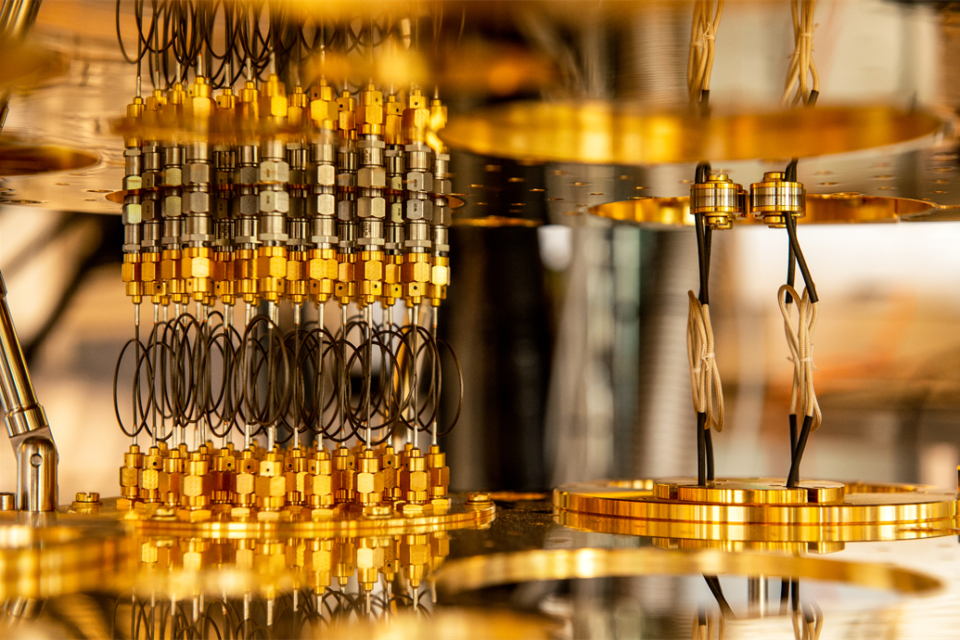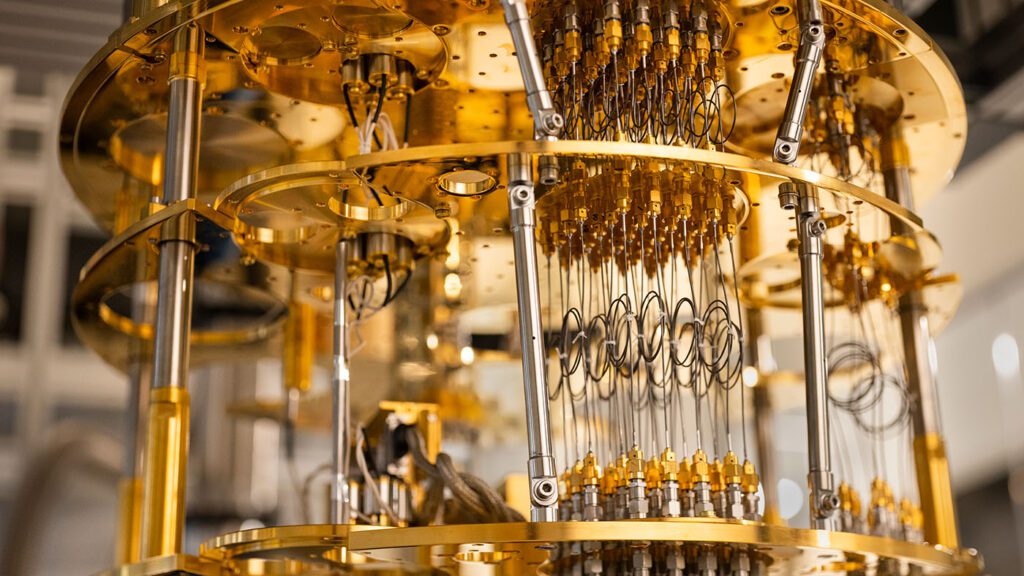Microsoft outlined a path for developing its quantum supercomputer based on topological qubits, which the company’s experts have been working on for several years. There are still many intermediate milestones to be met, but Microsoft’s VP of advanced quantum development, Krysta Svore, told that the company believes it will take less than ten years to build a quantum supercomputer using these qubits that can reliably perform one million quantum operations per second. That’s a new metric introduced by Microsoft as the industry strives to advance beyond the current era of noisy intermediate-scale quantum (NISQ) computing.

Microsoft reported a significant advance last year when its team first demonstrated its ability to manufacture Majorana-based qubits.
Majorana qubits are exceedingly stable, but they are also extremely difficult to construct. Microsoft bet early on this technology, and now, a year after first announcing this milestone, the team is publishing a new peer-reviewed paper (in the American Physical Society’s Physical Review B) proving that it has indeed achieved this first milestone on its way to a quantum supercomputer.
To get to this stage, Microsoft displayed results from significantly more devices and data than when it initially disclosed this study a year ago.
“Today, we’re really at this foundational implementation level,” Svore said. We have noisy intermediate-scale quantum machines. They’re built around physical qubits and they’re not yet reliable enough to do something practical and advantageous in terms of something useful. For science or the commercial industry. The next level we need to get to as an industry is the resilient level. We need to be able to operate not just with physical qubits but we need to take those physical qubits and put them into an error-correcting code and use them as a unit to serve as a logical qubit.” Svore argues that to reach this point, it’ll take a quantum computer that can perform those one million reliable quantum operations per second and a failure rate of one per trillion operations.

The next stage is to create hardware-protected qubits, and Svore stated that the team is making significant progress in this regard. These qubits will be tiny and fast enough to perform a single qubit operation in under a microsecond. Following that, the team intends to work on entangling these qubits and operating them via a process known as braiding, which has been explored (mainly as a theory) since at least the early 2000s.
Also read:

